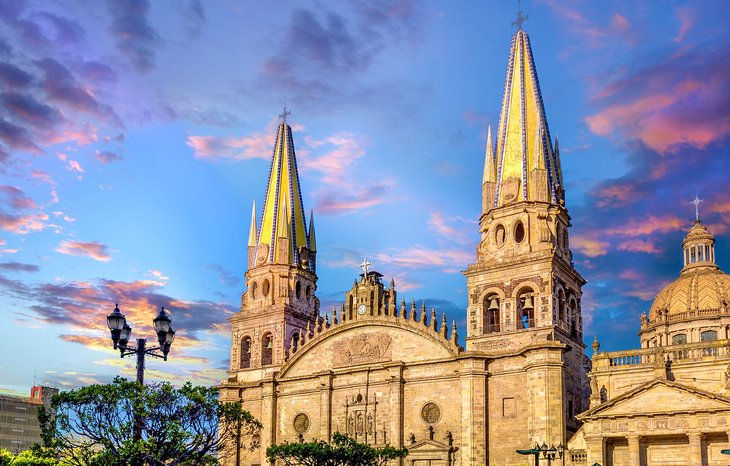
MEXICO
Guadalajara was first established in 1532, in what is today the Mexican state of Zacatecas, by Juan de Oñate, acting on behalf of Nuño de Guzmán, infamous for his bloody conquest of western New Spain and his illegal enslavement of the region’s indigenous peoples. Determined indigenous resistance forced Spanish settlers to relocate Guadalajara three times, the last of which after indigenous armies sieged the third Guadalajara during the Mixton War (1540-1542). After New Spain’s Viceroy, Antonio de Mendoza intervened to pacify the region, the beleaguered city moved to its fourth and current location in the Valley of Atemajac. Africans, free and enslaved, took part in all these Spanish colonization efforts and some escaped to indigenous villages.
In 1560 Guadalajara became the seat of the bishopric of Nueva Galicia, as well as of the second High Court of all the viceroyalty of New Spain. In 1577, the city council wrote to the Royal Council of the Indies asking permission to import 500 African slaves. Inventories and testaments from the last decades of the sixteenth century document the presence of Africans bearing ethnonyms such as Bran, Biafara, and Terranova.
Silver mining and cattle raising by Indian and African laborers contributed to the region’s growth and in 1560 Guadalajara became the seat of the bishopric of Nueva Galicia, and of the second High Court of the Viceroyalty of New Spain. In 1577, as the native population plummeted, the city council wrote to the Royal Council of the Indies asking permission to import 500 African slaves, many of whom were probably destined for the region’s silver mines and mills. Inventories and wills from the last decades of the sixteenth century document the presence of Africans bearing ethnonyms such as Bran, Biafara, and Terranova.
In the beginning of the seventeenth century, Bishop Alonso de la Mota y Escobar wrote that Guadalajara’s inhabitants employed as servants “mulato and black slaves, that to this day amount to more than five hundred, without counting others from this lineage who are free.” It is difficult to calculate Guadalajara’s population for this period, however an incomplete census of the Sagrario parish, the only one in the city at that time, indicates that by mid-century approximately 20% of communicants were enslaved blacks and mulatos. The same census recorded that 10% of Guadalajara’s parishioners were free blacks and mulattos, meaning that up to 30% of Guadalajara’s inhabitants were probably of African ancestry. Most were artisans such as shoemakers, hatmakers, blacksmiths, or tailors. These Afro-descendants took an active role in the religious life of Guadalajara through membership in Catholic brotherhoods and other religious corporations.
Afro-descendants maintained their relative demographic importance in Guadalajara throughout the eighteenth century. The first official census of the Viceroyalty in 1777 reported 19,192 inhabitants in Guadalajara, of whom 37.5% were mulatos. The Viceregal census of 1793 counted 24,768 inhabitants in Guadalajara, of whom 26.3% were mulatos. Over time Afro-descendants in Guadalajara achieved positions of some higher social status such as silversmiths and sacristans, among others, and with the political and ideological changes of the late eighteenth and early nineteenth centuries, they dropped older social ascriptions. The 1821-1822 of Guadalajara reported that just 2% of the 38,021 inhabitants of the city identified themselves as mulatos.
There is probably no better way to study these processes than through sacramental records. The SSDA collection digitized in the Sagrario Metropolitano Parish of Guadalajara preserves the oldest surviving documents pertaining to the lives of Afro-descendants from Guadalajara. The collection is comprised of 102 sacramental books, including baptisms, marriages, burials, and confirmations from the late sixteenth to the nineteenth centuries, as well as 199 additional marriage files from the eighteenth and nineteenth centuries.



